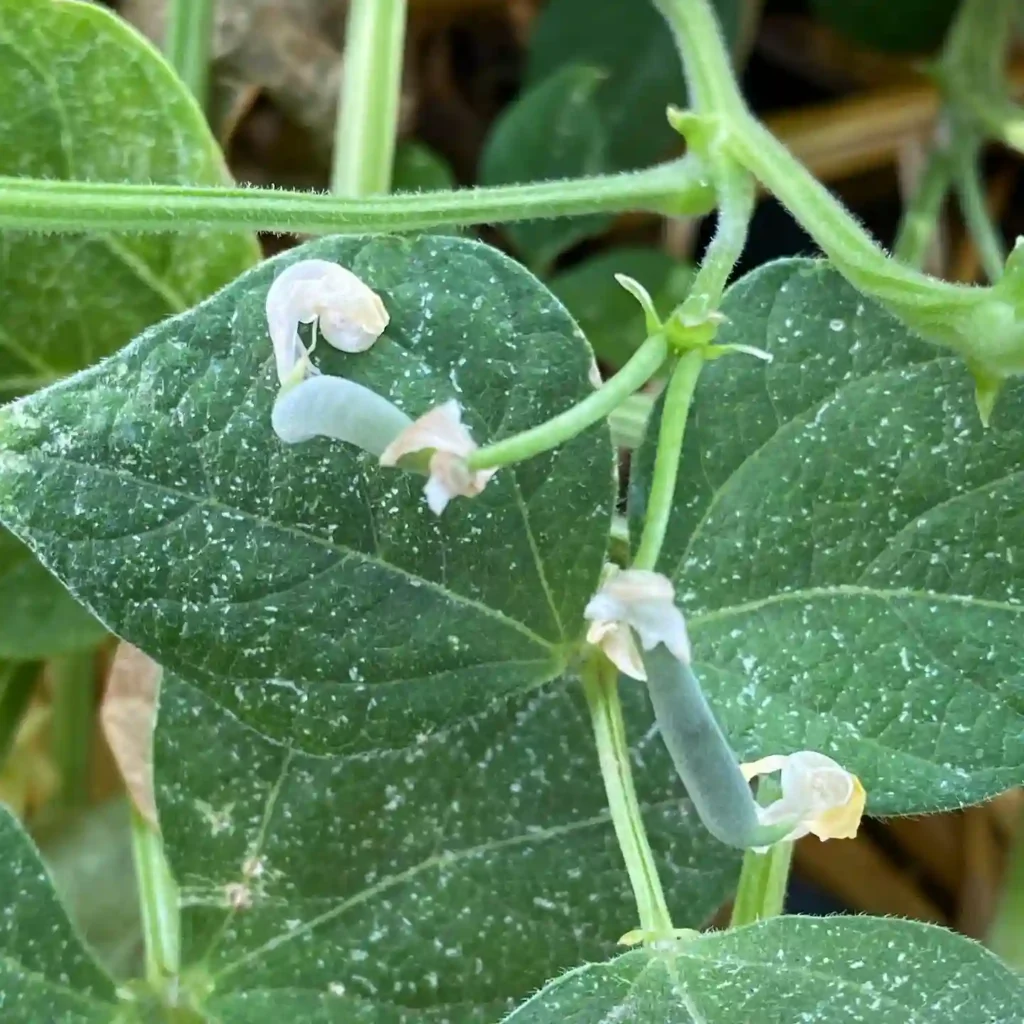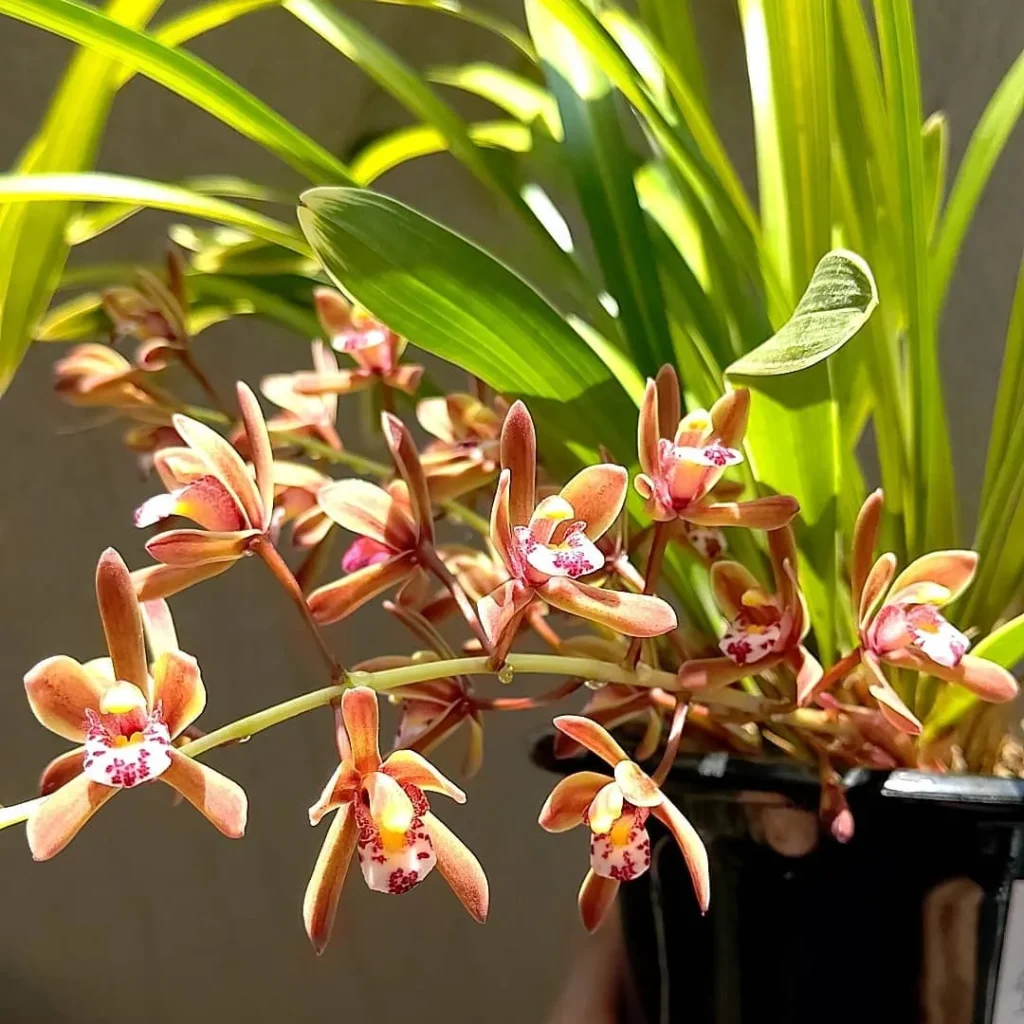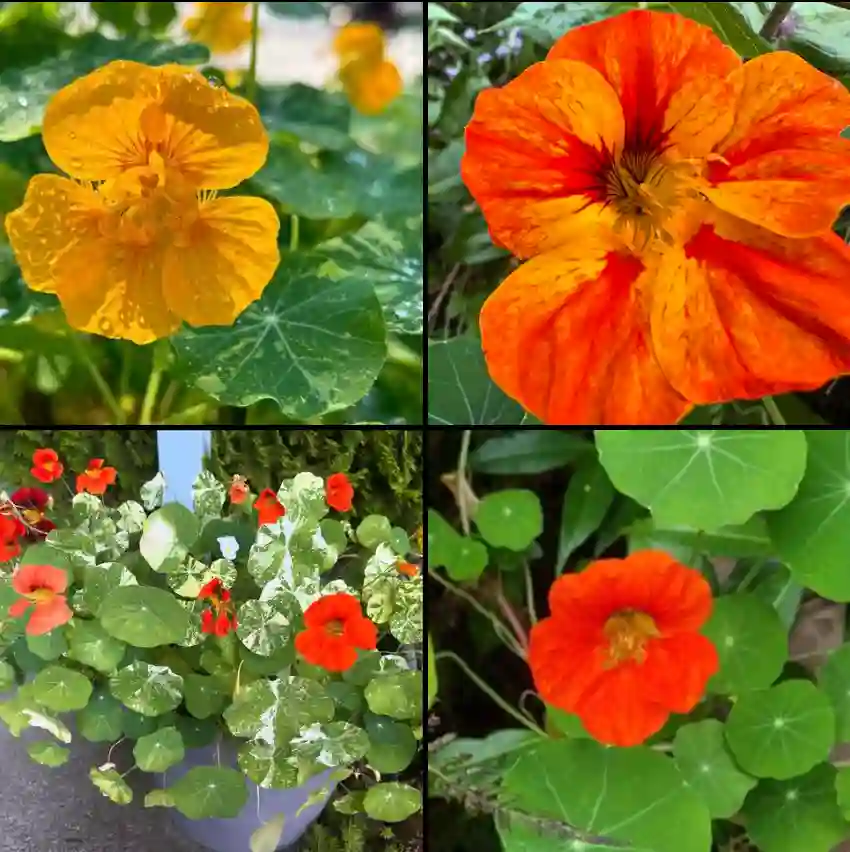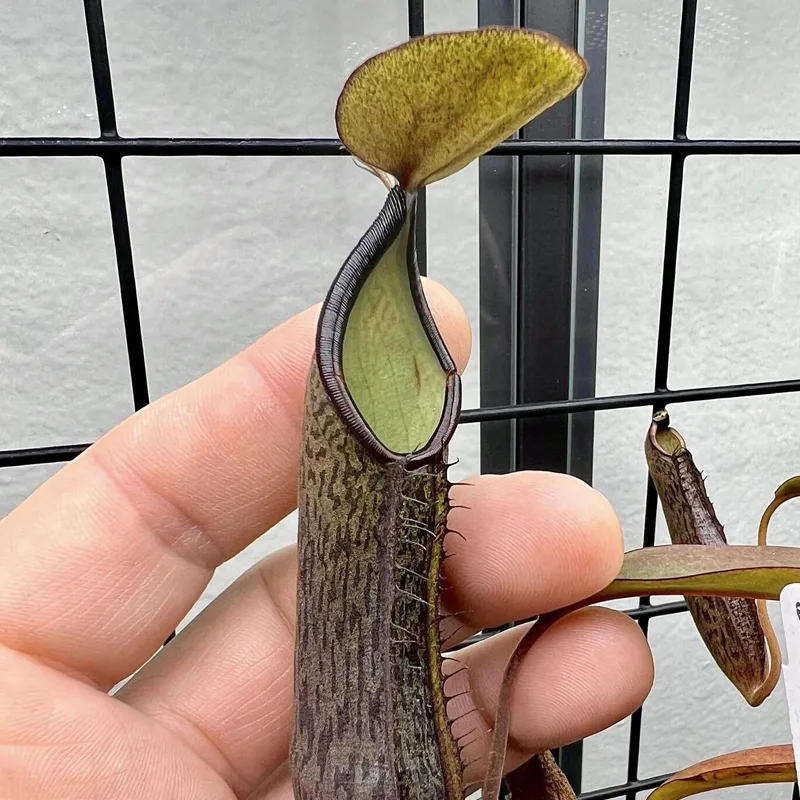
August 11 – Thalia
"Thalia, the water canna, defines August 11."
Thalia represents tranquility and beauty. You thrive in calm, reflective moments, offering peace to others. Like this aquatic plant, your elegance is captivating.
Thalia: A Deep Dive with Ferb Vu
The plant world is a vast and fascinating place, full of diverse and intriguing species. One genus that has always captured my attention is Thalia. With its striking foliage and unique aquatic habitat, Thalia represents a captivating blend of beauty and resilience. In this article, I, Ferb Vu, will delve into the world of Thalia, exploring its various species, characteristics, and ecological significance.
What is Thalia?
Thalia is a genus of flowering plants belonging to the Marantaceae family, which also includes the popular prayer plants and arrowroot. These plants are primarily found in aquatic, marshy, and riparian zones across Africa and the Americas. Their ability to thrive in these water-saturated environments sets them apart and contributes to their distinct beauty.
Species in Thalia
The Thalia genus boasts a diverse range of species, each with its own unique characteristics:
- Thalia dealbata: Known as the Powdery Alligator Flag, Thalia dealbata is a hardy, tall aquatic plant that thrives in wetlands and along pond edges. It is popular in ornamental water gardens due to its large, lance-shaped leaves covered in a distinct powdery white coating. This unique coating helps the plant manage water loss and lends a blueish hue that contrasts beautifully with its purple flower spikes. Its blossoms attract pollinators, especially butterflies, making it both an ecological asset and a striking landscape plant.
- Thalia densibracteata: Native to Central and South America, Thalia densibracteata is a robust species characterized by its dense, branched inflorescences, which are adorned with tight clusters of small, violet-blue flowers. The leaves are green and lance-shaped, forming a lush base that thrives in moist, swampy habitats. It’s particularly well-suited for rain gardens or ponds, where its dense bracts add color and texture to waterside landscapes.
- Thalia geniculata: Also known as the Bent Alligator Flag, Thalia geniculata is recognized for its arching flower stalks and vibrant purple blossoms. Originating from tropical regions, this species is often used in warmer climates for ornamental purposes. Its large, upright leaves are slightly narrower than those of Thalia dealbata, but its flowering habit is more pronounced, making it a striking addition to tropical and subtropical water gardens.
- Thalia multiflora: This lesser-known species is noted for its abundance of flowers, as the name “multiflora” suggests. Thalia multiflora displays a profusion of small, clustered flowers that bloom in warmer climates. Its lush foliage creates a dense, green ground cover that thrives in wetlands, making it an excellent choice for larger water features. The flowers are smaller than other Thalia species, but the quantity and long blooming season add significant visual appeal.
- Thalia pavonii: Native to Central and South America, Thalia pavonii is a striking, tall species with broad leaves and purple, somewhat tube-like flowers. Its leaves are often glaucous, which gives a blueish-green appearance, and its long stems hold up clusters of flowers that draw pollinators. It can grow quite large in ideal wetland conditions, making it a dramatic focal point for larger ponds or marshy landscapes.
- Thalia petersiana: This species, native to Africa, differs slightly from other Thalia plants with its more compact growth and the shape of its inflorescences. Thalia petersiana features green, elongated leaves that rise from a strong stalk, with purple flowers that appear in clusters. It thrives in moist soil and is especially valuable in conservation projects, as it provides habitat and food for a range of wildlife in African wetland ecosystems.
Characteristics of Thalia
Thalia plants are renowned for their striking foliage. Their large, lance-shaped leaves often have a distinctive powdery coating, giving them a unique texture and appearance. The leaves are typically held on long, erect stems, which can reach impressive heights, particularly in species like Thalia dealbata and Thalia petersiana.
The flowers of Thalia plants are equally captivating. They are typically arranged in panicles or racemes, and their colors range from white and purple to pink and blue. The flowers attract a variety of pollinators, including bees, butterflies, and hummingbirds, contributing to the ecological balance of their habitats.
Ecological Significance
Thalia plants play a vital role in their respective ecosystems. Their presence in aquatic and marshy environments helps to stabilize shorelines, prevent erosion, and filter water. They also provide habitat and food sources for a variety of aquatic and terrestrial animals.
The ability of Thalia plants to thrive in waterlogged conditions makes them valuable components of wetland ecosystems. These ecosystems are essential for maintaining biodiversity, regulating water flow, and providing a range of ecosystem services.
Conclusion
The Thalia genus represents a fascinating group of plants with unique beauty and ecological significance. From the powdery alligator-flag of the southeastern United States to the bent alligator-flag of tropical Africa, each species contributes to the diversity and resilience of the genus. By appreciating the beauty and ecological value of Thalia plants, we can gain a deeper understanding of the interconnectedness of the natural world.
If i die, water my plants!



